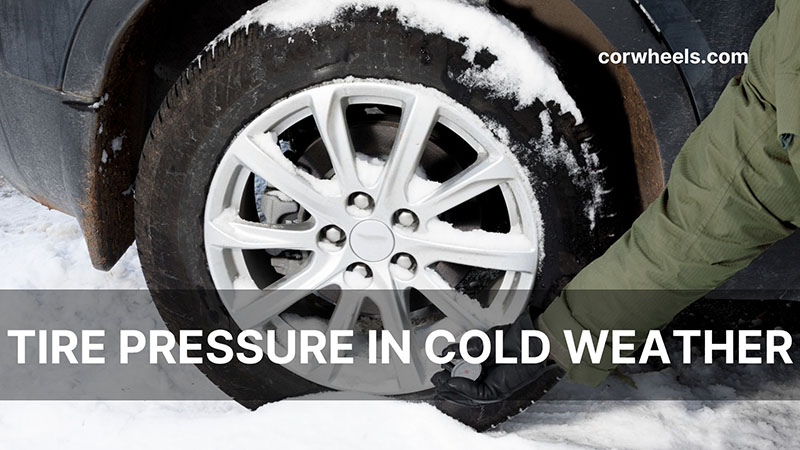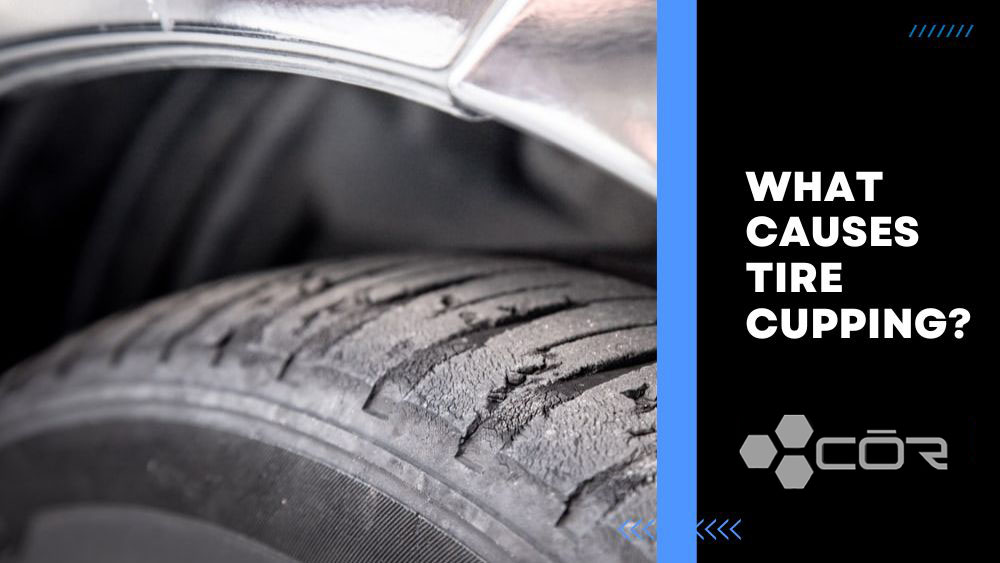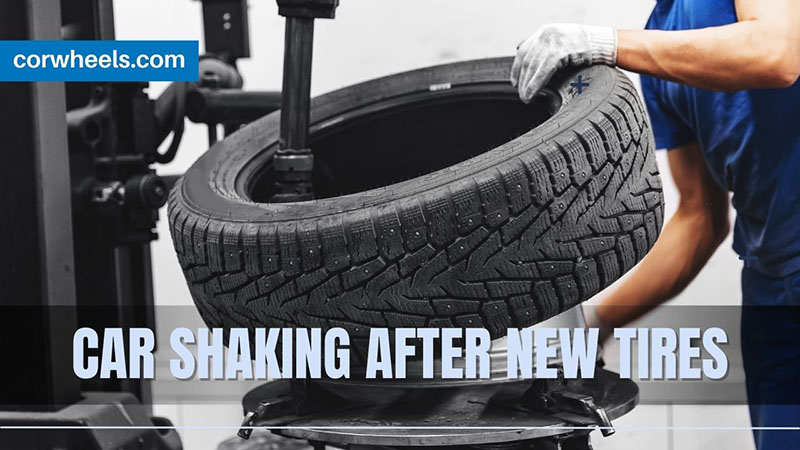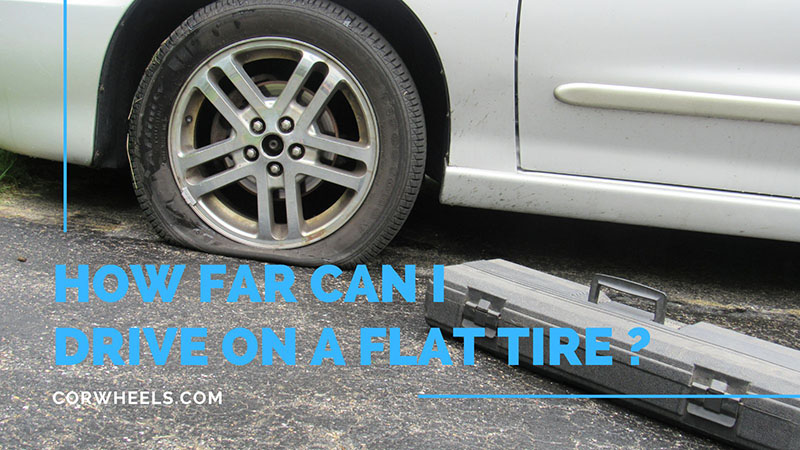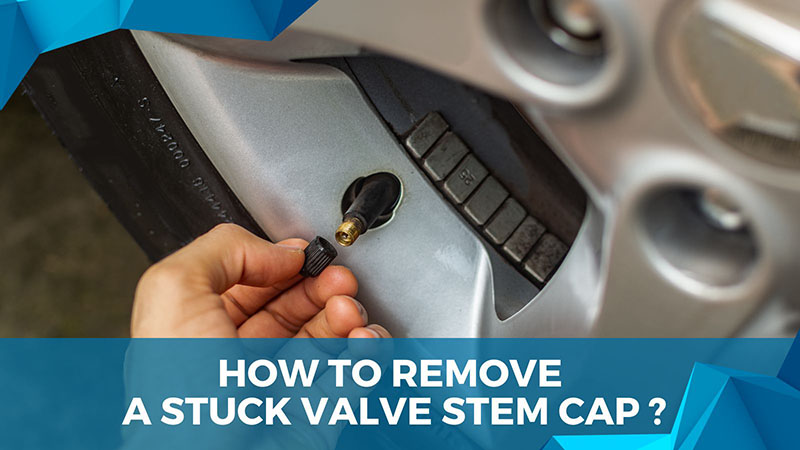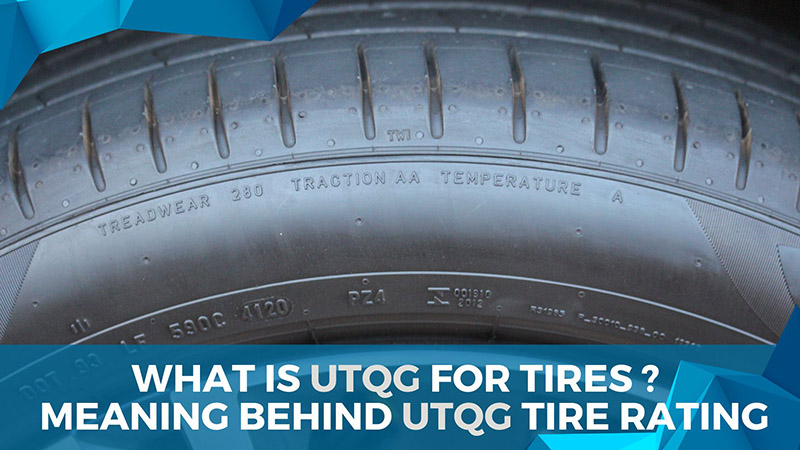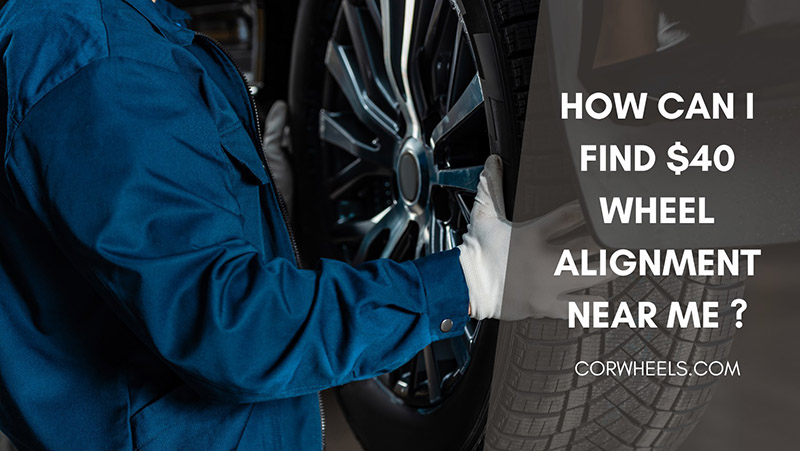Freezing temperatures are a major contributor to your vehicle’s damage. It may freeze fuel lines, kill batteries, and more. To a lesser extent, cold weather lowers tire pressure.
If you don’t pay attention, this situation leaves serious consequences such as flat tires, reduced handling, poor traction, etc. Do not miss our article to understand the reason behind this case and how to solve it.
In this article:
Does Tire Pressure Drop In Cold Weather?
Yes, tires lose pressure in the cold. Air molecules move slowly and tend to condense with less air per square inch when the temperature drops. Researchers have shown that tires lose about 1 PSI (0.07 bars) for each 10℉ decrease in temperature.
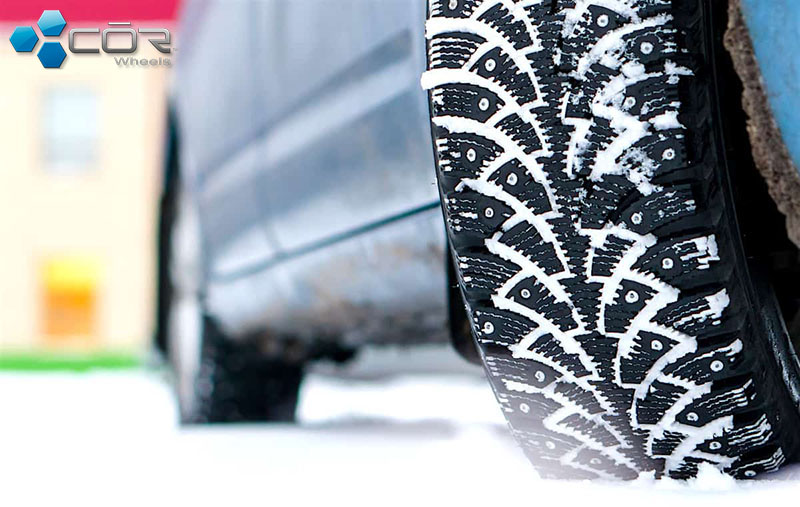
For example, the tire pressure of our Nissan on a December morning at 68°F (in our state California) was 30 PSI, but at night when the temperature dropped to 50°F, the gauge read 28.5 PSI when we checked the pressure.
In addition, air moisture condensing on the tire surface also causes the TPMS light to come on. In running cars, the engine needs more force than usual to burn fuel, affecting pressure.
While your items could theoretically return to an ideal state once the cold snap is over, the pressure drop too low has serious consequences for the vehicle, including:
- Extended dwell time: Underinflated units interfere with the correct operation of the brakes, so they slide uncontrollably on wet surfaces.
- Bad fuel efficiency: Every 1% pressure drop reduces the ability to save gas by 0.2%, according to the U.S. Department of Energy.
- Reduced lifespan: Not providing the correct PSI rating means your units are more prone to damage.
What Is The Recommended Tire Pressure In Cold Weather?
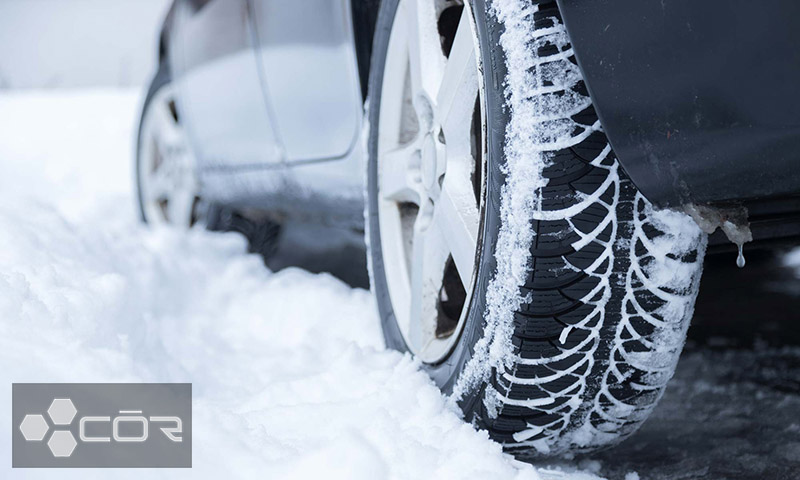
Some manufacturers recommend inflating winter tires above the standard 3-5 PSI. The ideal average is between 30 and 35 PSI, but that depends on the car model and how much temperature drops. You should check with the owner’s manual.
This addition is to compensate for the fewer air modules and less heat accumulated inside the tire since the cold enables it to give off heat better.
Also, experts recommend measuring the pressure when the tire is completely cool or reaches the same temperature as its surroundings.
However, unless you leave your car in an unheated, intact garage and check the pressure early in the morning, the ambient temperature will influence your readings. In other words, the results do not reflect the pressure when the tire is “completely cool.” From this perspective, an increase of a few PSI is equal to the specified level.
Additionally, this setting helps increase wheel stability and aids responsiveness in bad road conditions. This makes more sense with winter tires with a softer rubber compound and a deeper tread design.
Below are the recommended levels for different vehicles. However, it is best to consult your manual for exact measures.
| Typical car(PSI) | Four-wheel-drive truck (PSI) | Skid steer loader(PSI) | |
| At 68 °F | 30 | 40 | 60 |
| At 32 °F | 26.9 | 36.3 | 54.9 |
| At 14 °F | 25.4 | 34.4 | 52.4 |
| At -4 °F | 23.9 | 32.5 | 49.8 |
How To Check Check Tire Pressure In Winter
- Invest in pressure gauges.
Do not check with the naked eye or your hand feeling but with a pressure gauge to detect a small pressure drop that can greatly impact driving.
Pencil style tool with an integrated small stick records the best results, but it is not easy to get used to. We recommend the digital device for ease of use and accurate readings.
- Determine the specified pressure level.
This information is available in your user manual. Don’t panic if you’ve already lost it. Look at stickers on the driver’s door jamb, fuel hatch, or glove box.
- Measure before driving
During the winter months, check weekly or when your tire pressure lights on when cold. However, the most accurate results only show when you measure before driving. What you get is the cold pressure which reflects the current condition of your tires.
- Attach the gauge
Find the valve stem and unscrew its cap. Thanks to the striking black, green, blue, or silver lid, you can see it without any difficulty.
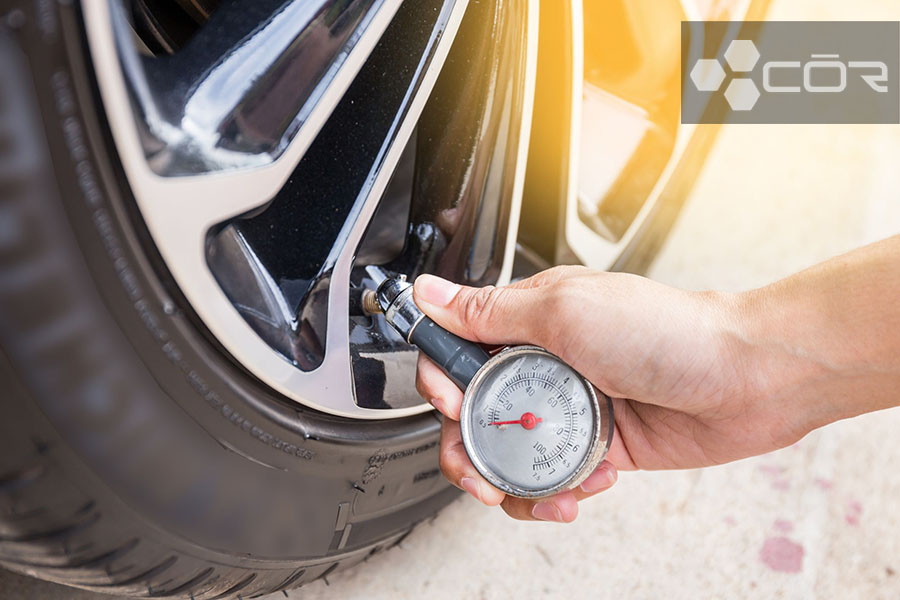
Then mount the gauge on the valve stem. You should read the tool’s manual for correct operation. Once you can no longer hear the hiss, you have adjusted the angle of the gauge correctly. If not, continue to adjust and read the results. Repeat the step on the remaining tires.
How To Inflate Your Tire
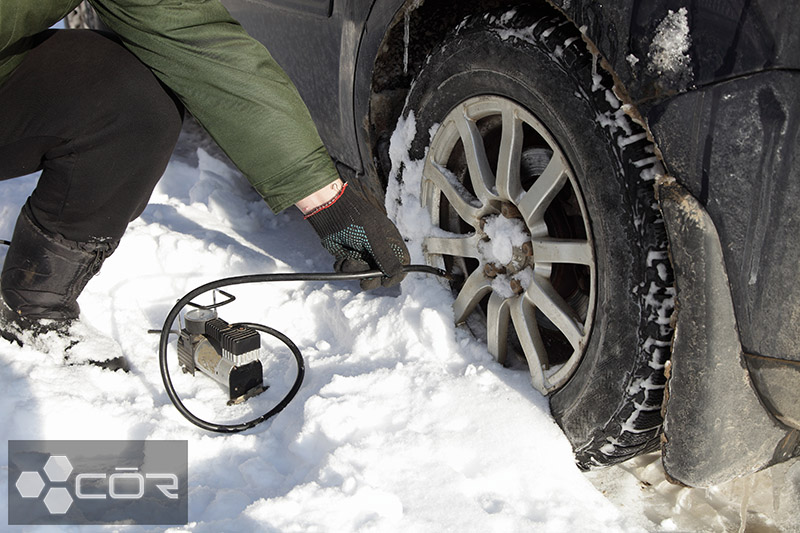
If the result is lower than recommended, you must increase the pressure level to equal or slightly higher. Most drivers need to inflate their tires at least once during the winter. Here is what you need to do:
- Park your car in a safe location, such as your home or gas station.
- Remove the valve stem cap
- Place the hose of the air compressor tightly over the valve stem. If you still hear the air coming out, readjust the connection.
- Inflate your tire in seconds. Remember that each air compressor features a different working rate, so check the pressure between injections. If you find it too full, press the central metal pin on the inside of the valve to remove the air.
- Close the valve cover.
Tips To Avoid Low Tire Pressure From Cold Weather
Besides checking the pressure regularly, you can keep a few other notes to keep your tire healthy at freezing temperatures:
- Park your car in the garage or cover it if possible
- Align your tires periodically
- Plan your route and limit your travel on icy roads.
- Consider snow tires for all four wheels for optimal performance.
FAQs
Should I Inflate Tires To Max PSI When Cold?
NO. You’d better follow the manufacturer’s recommendation. The handling and barking are reduced, and the risk of blowout increases at max PSI.
Is 40 PSI Too High For A Tire?
It depends on your tire and car models, but it is best to check the manual for best practices.
Is 25 PSI Bad For Tire Pressure?
Yes, most cars require 32-35 PSI in normal cases and 35-40 PSI in winter.
Conclusion
When the cold weather hits your state, it also affects the tire pressure. That’s why you should regularly check the pressure during winter and increase the PSI to ensure optimal performance. Combine it with a proper maintenance routine for the best result.
See more:

